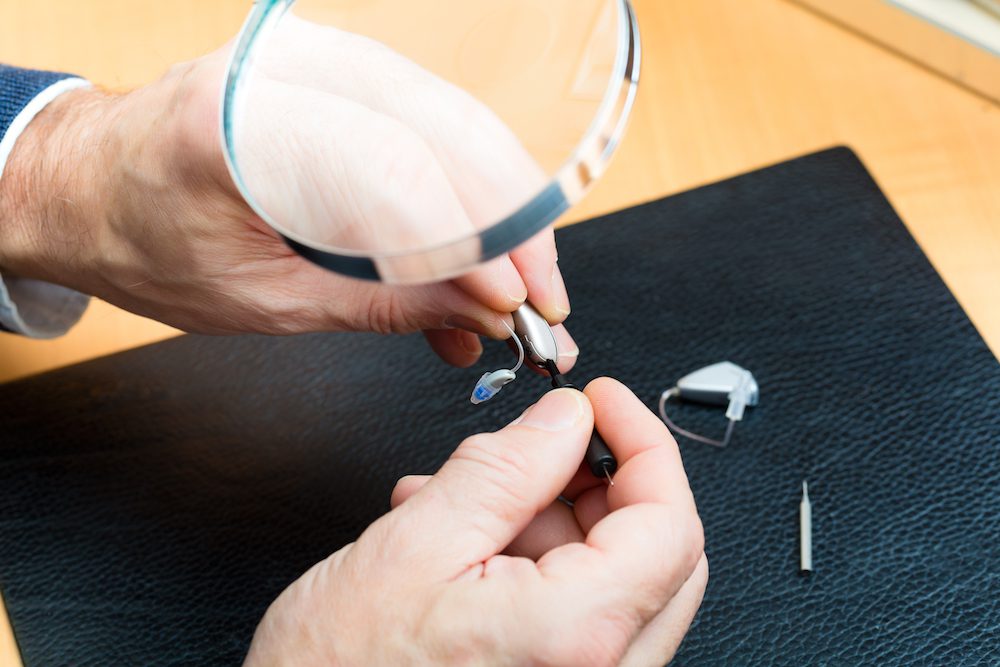5 Common Hearing Loss Myths
Hearing loss is a serious issue that affects millions of people all around

By: admin | March 24, 2023
Hearing aid technology has come a long way over the last century. As sophisticated as hearing aid devices have become, there can still be issues from time to time. Hearing aid feedback is one component that can affect all types of hearing aids, whether they sit behind your ear or are worn in the canal. While the likelihood of hearing aid feedback has decreased in recent years because of the advent of digital processors, it is still important to understand how it occurs, why you hear it and what you can do to remedy this issue.
Feedback is an occurrence when the sound wave hits the hearing aid microphone after escaping the ear canal and feedback can be a number of sounds, for example, a loud buzzing hissing, screeching, or squealing. Feedback tends to come in three different ways in hearing aids:
While modern hearing aids come with feedback cancellation, this doesn’t mean you will be completely free from feedback. There are a number of things that can cause your hearing aids to feedback, including the following:
If you have any concerns with your hearing aid and you need to give it a quick fix, here are a few things you can try yourself:
If you are still experiencing any issues, you should see your audiologist for a hearing aid check-up. If you are encountering issues with your hearing aids, it is your right to find a solution that benefits you. You are the person who has to wear the hearing aid, and therefore, you deserve to have your device give you the best possible support.
If you want to get in contact to troubleshoot any additional issues with your hearing aid or schedule a tune-up, you can contact the Physicians Hearing Center at (334) 441-4090 and we will be happy to support you.

Hearing loss is a serious issue that affects millions of people all around
By: admin | September 30, 2022

If you're one of the millions of people who use hearing aids, then you
By: admin | August 22, 2022

Did you know that your hearing affects your balance? It's true! In
By: admin | August 4, 2022
